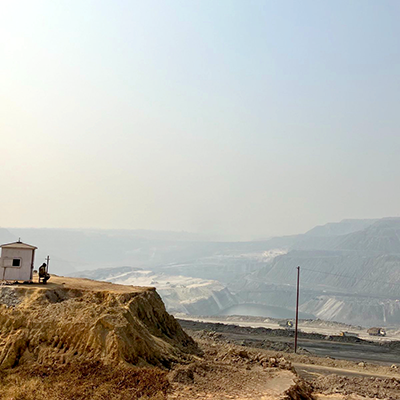The aim of this project is to explore the possibilities of returning land currently occupied by coal to communities in central-eastern India in support of just and sustainable livelihoods.
The footprint of coal in India is enormous. Consequently, future coal mining closures promise to free up significant land areas measuring millions of hectares in regions traditionally inhabited by indigenous groups.
The question is how this often degraded land may be restored for alternative uses, and who will be able to use it. Will the land be used for livelihoods in agriculture, forestry or fisheries, for new industrial ventures, or for forest plantations?
The aim of this project is to explore the possibilities of returning land currently occupied by coal to communities in central-eastern India in support of just and sustainable livelihoods. It will be implemented in three of the poorest states of India where coal closures without pro-poor land distribution risk mass out migration.
The following questions are asked in the project:
- What is the quantity and quality of land at present occupied by coal in India?
- How are different actors in the public and private sectors as well as civil society positioning themselves in relation to future coalfield land uses?
- How can communities secure rights to coalfield lands in support of just and sustainable livelihoods?

